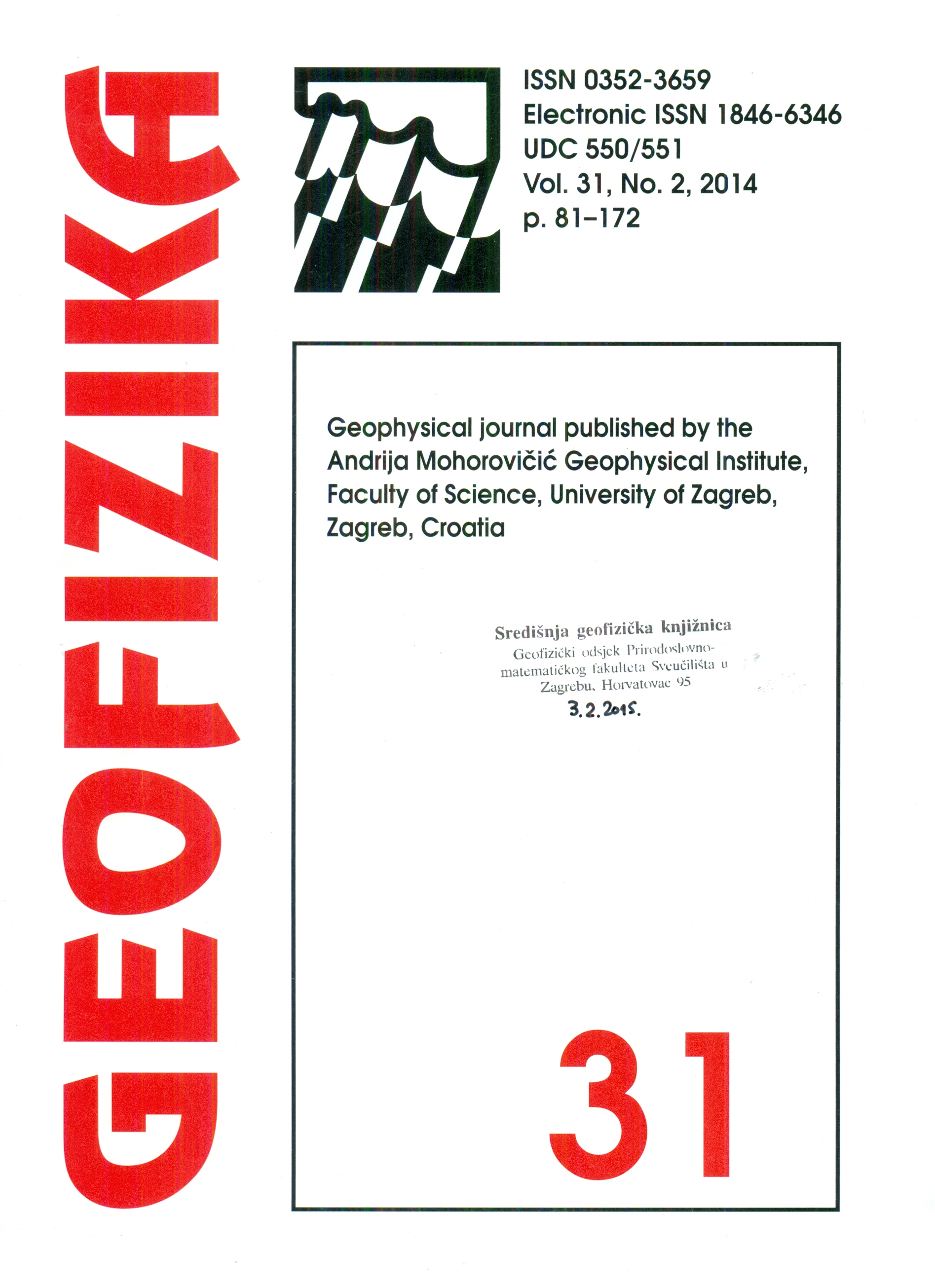Fluoride-induced impact of aluminium industrial power plant on plants and human inhabiting areas
DOI:
https://doi.org/10.15233/gfz.2014.31.8Keywords:
fluoride, human health, detrimental effects, social aspectsAbstract
Fluorine is a highly reactive common element that does not occur in nature in the elemental state. It exists in the form of fluorides and accounts for about 0.3 g/kg of the Earth's crust. Generally, it is found in the form of a number of minerals like fluorspar, cryolite and fluor-apatite. Fluoride has both positive and negative effects on individual health. Fluoride, in the form of fluorspar and cryolite is distributed extensively in the lithosphere, and is renowned as the thirteenth most common among elements in the earth's crust. Hydrogen fluorides in gaseous form accumulate in the leaves of generally sensitive plants against a concentration gradient and therefore, considered as a most phytotoxic air pollutant and affects plants at extremely low concentration. As per our study, it is found that the fluoride impacts on fauna are in normal condition, but in coming times it may have adverse impact on fauna and flora of surroundings of Hindalco Industries Limited.
Downloads
Published
Issue
Section
License
Copyright (c) 2021 Geofizika journal

This work is licensed under a Creative Commons Attribution-NonCommercial 4.0 International License.

